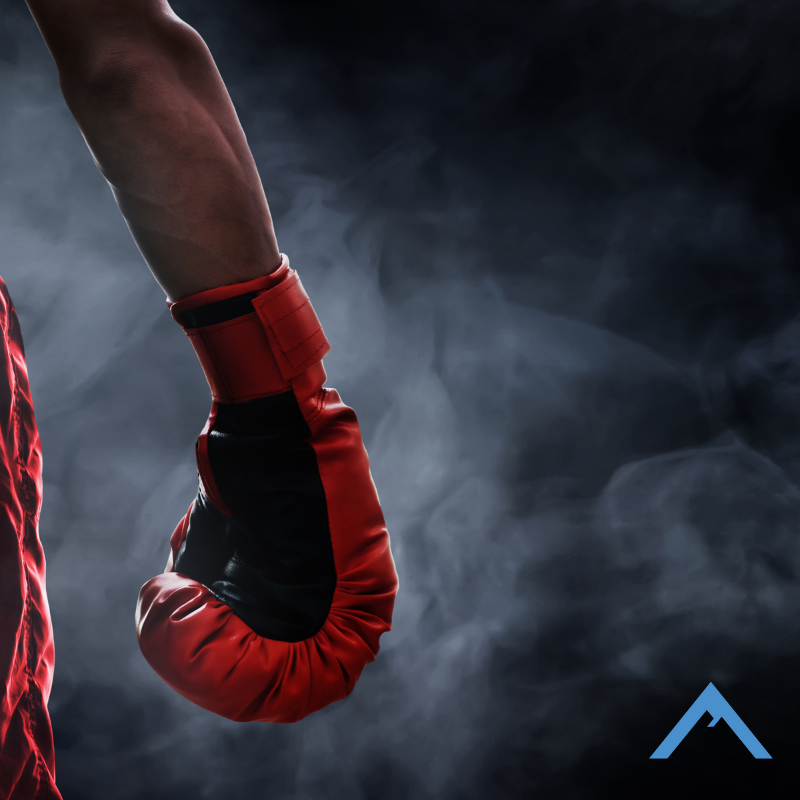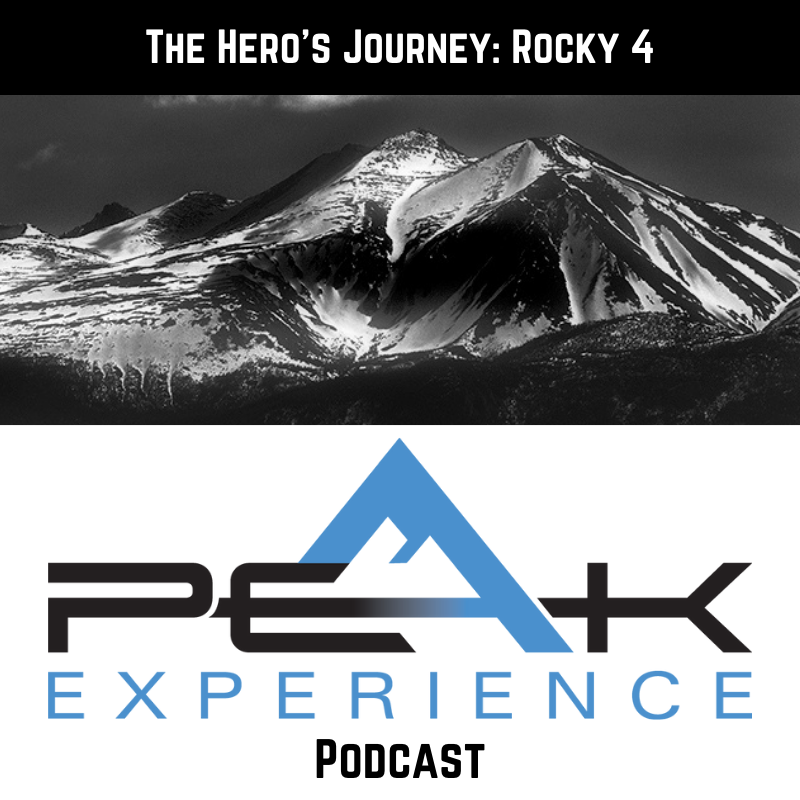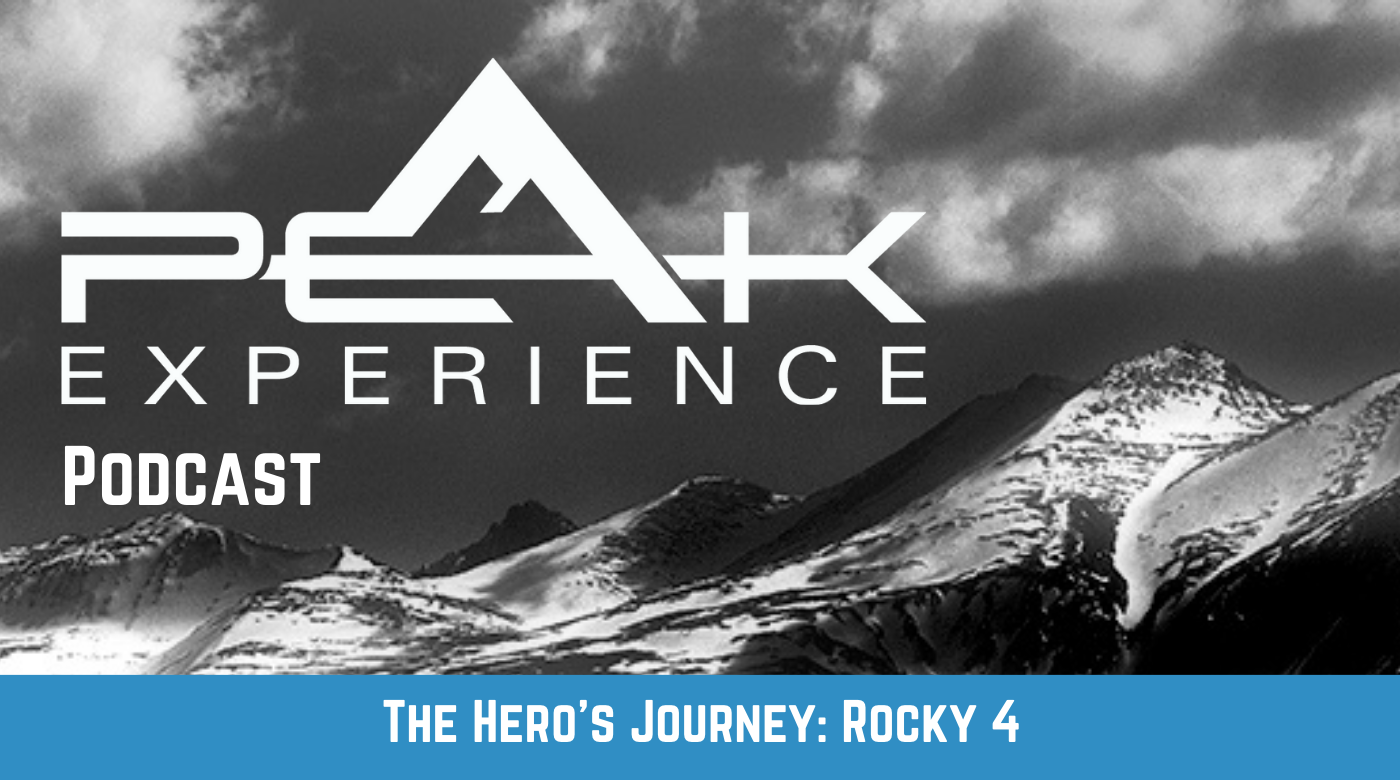To understand the hero’s journey, you first need to remember that every story that has ever been told can be analyzed and divided into several blocks. By breaking up a story into its components, you understand the structure of that story. Although there are no rules per se to define what a story structure should be like, and writers have the leeway to create structures as complex or as simple as they could be, there are still several story structures that have worked well and stood the test of time.
The Story Structure
Some of these story structures are so natural that many writers who are not even aware of their existence use them in their plots naturally. One of the most basic story structures is the one that organizes a story simply into its beginning, middle, and end. If you want to know how old this structure is, consider that in the third century BC, Aristotle wrote that “a whole [story] is what has a beginning and middle and end.”
Aristotle described these parts of the story as follows: “A beginning is that which is not itself necessarily after anything else, and which has naturally something else after it. An end is that which is naturally after something itself, either as its necessary or usual consequent and with nothing else after it. And a middle, that which is by nature after one thing and has also another after it.”
Millennia later, in 1949, American Professor of Literature Joseph Campbell published a book titled The Hero with a Thousand Faces. In this book, Campbell proposes a theory about the archetypal hero’s journey, which appears very common among many mythologies around the world.
Campbell used the word monomyth to identify this journey, common to many heroes, a term he borrowed from a book written by James Joyce, Finnegans Wake, published in 1939. Together with other researchers, Campbell was able to apply his monomyth theory to people’s lives, such as Jesus Christ, Moses, and Buddha.
Although no hero’s journey is the same, and each has its own individuality, the overarching structure of that journey is very similar. And although it’s tempting to take the most well-known heroic journeys from real life and literature and break down their specifics, Campbell was interested in those elements that were common. He was looking for a pattern.
So, the hero is not just a character, but a type, and, more specifically, an archetype. Many philosophers and psychologists studied the archetype and gave their own definitions. Plato and Jung, for example, produced many works in this area. In the context of how Campbell looked at it, an archetype is a set of ideas, images, and specific behavior patterns.
Think about Frodo or Luke Skywalker. Although very different, you will find many similarities if you break down their journey, although their specific contexts are vastly unrelated.
What is the Hero’s Journey?
But what is the hero’s journey besides a pure structure in which we generate the plot? The most important part of the journey is related to what it does to the hero. The journey is the process of transformation that the hero goes through. At the beginning of the story, we find the hero in his current state, seemingly unaware of being a hero at all.
Later in the podcast we will relate to how the hero’s journey can relate to team building and organizational development. This is where we will bring in the experience TJ has in teaching college students to become young outdoor leaders and how an outdoor trip, much like the one TJ is leading next month can be used as a back drop for the Hero’s journey.
As the hero proceeds on the journey, he sets out on a path of self-discovery and self-creation. The hero grows throughout the journey and completes a full circle, which represents one stage of growth. He goes through trials and tribulations, and in the end, they are a changed person with an elevated understanding of the world and about themselves.
Campbell uses 17 steps to describe the hero’s journey and we will use the story of Rocky IV to showcase how this process is used and the ultimate example of character development.
One thing to notice is that the hero’s journey always starts in the ordinary or everyday world; we can think of it as the known world.
In Rocky IV this is seen as the birthday party for Paulie, the time spent with his son and the washing of the cars in the driveway. Rocky feels he has everything he needs and doesn’t need to fight again.
As the adventure commences, the hero steps into the unknown or the special world. Once the adventure completes, the hero, now a changed man, steps back into the everyday world, but of course, nothing is the same anymore.
Also, you can now see the parallel between the three-act structure and Campbell’s three-step approach to the hero’s journey.
Let’s take a deep dive into the details behind each of these steps.
Departure
As explained above, the beginning of the story finds the hero in his regular, everyday world. Nothing seems out of the ordinary at first. But, soon enough, the hero gets the first push into his journey. However, the hero is not too eager to jump into the new adventure, and he seems at first tethered to his ordinary world. But somewhere along the way, someone or something will appear that will change the hero’s mind and propel him along on his path.
The Call to Adventure
This is the first event that signals to our hero that something is about to change. Either a person arrives, or an event occurs that tells our hero that they must step out of their ordinary world and that something extraordinary is about to begin.
Early in the movie we see the interplay of the relationship that Rocky has with Apollo. When Apollo fights Drago and ultimately dies, Rocky is called to avenge his friend and mentor’s death at the hands of Drago and Russia itself.
Tj where do you see this call to adventure in your work with students in the outdoors?
Hold on to that, we are going to come back to this later in the show…
Refusal of the Call
Because at the beginning of the story, the hero doesn’t see him or herself as a hero, they resist the temptation to leap out on the journey that has been presented. They are very well anchored to their ordinary world, and they don’t want anything to change.
In every Rocky movie he is the ultimate underdog. The movies are literally set within this parable where he refuses to fight under the pretense of, he must stay at home, or because of his love for Adrian or later his family and even the death of Mick.
Meeting the Mentor
Because the hero is an ordinary person at the beginning of the story, it is often the case that they require some support from an outside force. This could be another person or some supra-natural entity. They usually serve as a coach or mentor and help propel the hero on their journey.
In the earliest Rocky movies Mick was Rocky’s mentor. This later became Apollo and in some ways Paulie. These father-figure mentors keep Rocky steady on his way.
Crossing the First Threshold
This is the place of no return. This is the point where the hero has gone too far already, and there is no turning back. The hero must embrace the unknown as they have decided to move forward and leave the ordinary world behind. It’s not necessarily the point at which the hero realizes that he must or should go through an internal change, but the point in which the hero has decided that they must do something to change the status quo.
In Rocky IV this is the death of Apollo and the scene of Rocky holding him in his lap. He knows that he must carry the torch, not only for Apollo, but also for Rocky’s son and on a much grander scale, the entire USA.
Belly of the Whale
Being inside the belly of the whale is the hero’s first signal that the journey is perilous. It’s also the point at which the hero realizes that the adventure he’s set out on will require a personal transformation to be successful.
This can easily be seen when Rocky and his team arrive in Russia and the unforbidden airport and the attaché’s that are called to be his over-seers while in country.
They can no longer be the same ordinary person from the familiar, ordinary world. While in the belly of the whale, the hero must fight his first fight. There might be a setback that fires the hero up or even a small victory that increases their confidence.
Before the break we learned how our Hero sets out on his quest and has a journey that he must partake. Let’s jump back into it with the second part of the journey, the…
Initiation
Once the hero has passed the point of no return, he has taken solid steps into the unknown world. Now he is committed to the adventure and is all in. This is the middle of the story, where the hero will face his trials, begin his transformation, and, eventually, gain his reward.
The road of trials
Once the hero is committed to the journey ahead, they must prove their worthiness along the way.
In the case of Rocky this is his traveling to Russia and all it’s oppression and to begin training. He must pass several tests before he can face the big enemy. He of course becomes stronger and identifies inner strength that will come in handy in his fight with Drago.
The Meeting with the Goddess
This is a metaphorical way of saying that the hero gets some tools that will help him on his journey. These might be actual objects that the hero will need, other people who join them, or even information. A glimpse into the future or past or some other kind of vision qualifies because it gives the hero something that he needs to complete his journey.
In Rocky IV you see this in his training and with his team that has travelled with him. Of course, the final piece is the literally meeting of the goddess when Adrian travels to meet up with him.
Woman as Temptress
Here the woman is presented as a metaphor for temptation. In reality, it can be anything that would tempt the hero to abandon their journey. It’s usually some kind of pleasure or need that the hero might have, which could sway them from their path. This is an important step because the weakness in the face of temptation humanizes the hero and gives them dimension. Resisting the temptation shows the hero’s character and connects the readers to them.
Going back to before Rocky travels to Russia this is portrayed as the 1980s excess. It can be seen in his drive in the Ferrari and him knowing that a decision must be made.
Atonement with the Father
Every hero has something or someone that exercises control over their powers. In more traditional storytelling, for a male hero, that person is his father. But if we generalize, this is whatever the hero, male or female, must face and defeat. Whatever kind of entity this is, it holds immense power, and the hero must put up a valiant fight to conquer it. This is not necessarily an external enemy but an internal struggle the hero must face to discover who they truly are.
This is first seen in Rocky with the interplay between Apollo and Rock. Apollo is seen as the father-figure in the relationship. The ultimate teacher.
In Rocky this is the yin and yang parable…the us against them. The Uncle Sam of the United Sates and the battle to defeat Mother Russia.
Apotheosis
The Eureka! This is the hero’s light-bulb moment. It’s the point where the hero achieves a superior level of understanding, and from here on in, they will continue the journey with a new perspective on things.
This is when Rocky decides that he must avenge for Apollos death at the hands of Drago. He knows that even though he is the ultimate underdog, the hero will prevail.
The ultimate boon
This is the story’s climax when the hero achieves their goal-the final Holy Grail he’s been after. It’s the moment that all the previous moments have led up to, and he has become successful. He has won and has defeated whatever he had set to defeat (whether a villain or something else)
This is the fight and all its glory. Of course, this is seen in every Rocky film but with the 1980s excess and the stark contrast between what happened in Vegas with Apollo’s lead up to the lead up and eventual return to glory in Russia.
III. Return
Once the adventure is complete, the hero-now a changed man-returns to the ordinary world, wielding his reward.
Refusal of Return
The journey to the ultimate boon was exhausting, and we usually find our hero at this point depleted, on the one hand, but filled with passion on the other. The hero will now experience doubts about their desire to return to the ordinary world. The fear of returning to the ordinary and becoming an ordinary person once more is real. Combined with the exhaustion of the journey so far, the hero might have second thoughts about going back.
In Rocky 4 this occurs right after the end of the fight. The trials and tribulations of a hard-fought battle and even the full-circle climax of Drago becoming more of a hero in his own fight and refusing to fight for his homeland but except for himself.
The magic flight
Many a time, once the hero reaches his final goal of capturing the ultimate boon, they must return this reward into the ordinary world. Often, this journey back is also an adventure of its own, especially if the quest object has been guarded heavily. Often, supernatural powers help the hero on their return to the ordinary world, especially if the story’s focus was getting the ultimate boon rather than returning it.
Rescue from without
In other instances, the return journey is the bigger part of the story. In this case, the hero must have powerful allies on his way back to the ordinary world. Magic or other types of powers will be at their aid, and those will be particularly important since the hero might be injured after the long journey.
The crossing of the return threshold
Once the hero has passed the point of no return to the ordinary world, he must retain all the knowledge and wisdom accumulated during the journey. Not only will he bring in the boon in whichever form it may take, but he himself is changed and will enter the world as a new person.
Master of two worlds
This step emphasizes that the hero was able to perform in both the outer and inner worlds. Although he can only occupy one world at a time, he has mastered both. Therefore, he is a superior person, very different from the one at the story’s beginning.
Freedom to live
Finally, once he has conquered both worlds and returned to the inner world enlightened, the hero has shed his fear of death and, therefore, earned the freedom to live in the present.
Let’s bring this full circle. TJ, how can we use this hero’s journey story as a part of character development in a leadership context?


Peak Experience is a nonprofit, independent podcast. We count on donations from you to do this important work.
Scholarly Articles
Robert Forto leaddog@teamineka.com @robertforto
TJ Miller tjmiller@alaska.edu @tjmillerak
Michele Forto micheleforto@gmail.com @micheleforto
Peak Experience is a leadership podcast from Dreamchaser Leadership and First Paw Media. This reporting and production is funded in part by listeners just like you. Dreamchaser Leadership is a non-profit organization located in Alaska and is a (pending) 501(3)c.
Don’t miss our next podcast
Enter your email below to receive notifications of new episodes and more.

